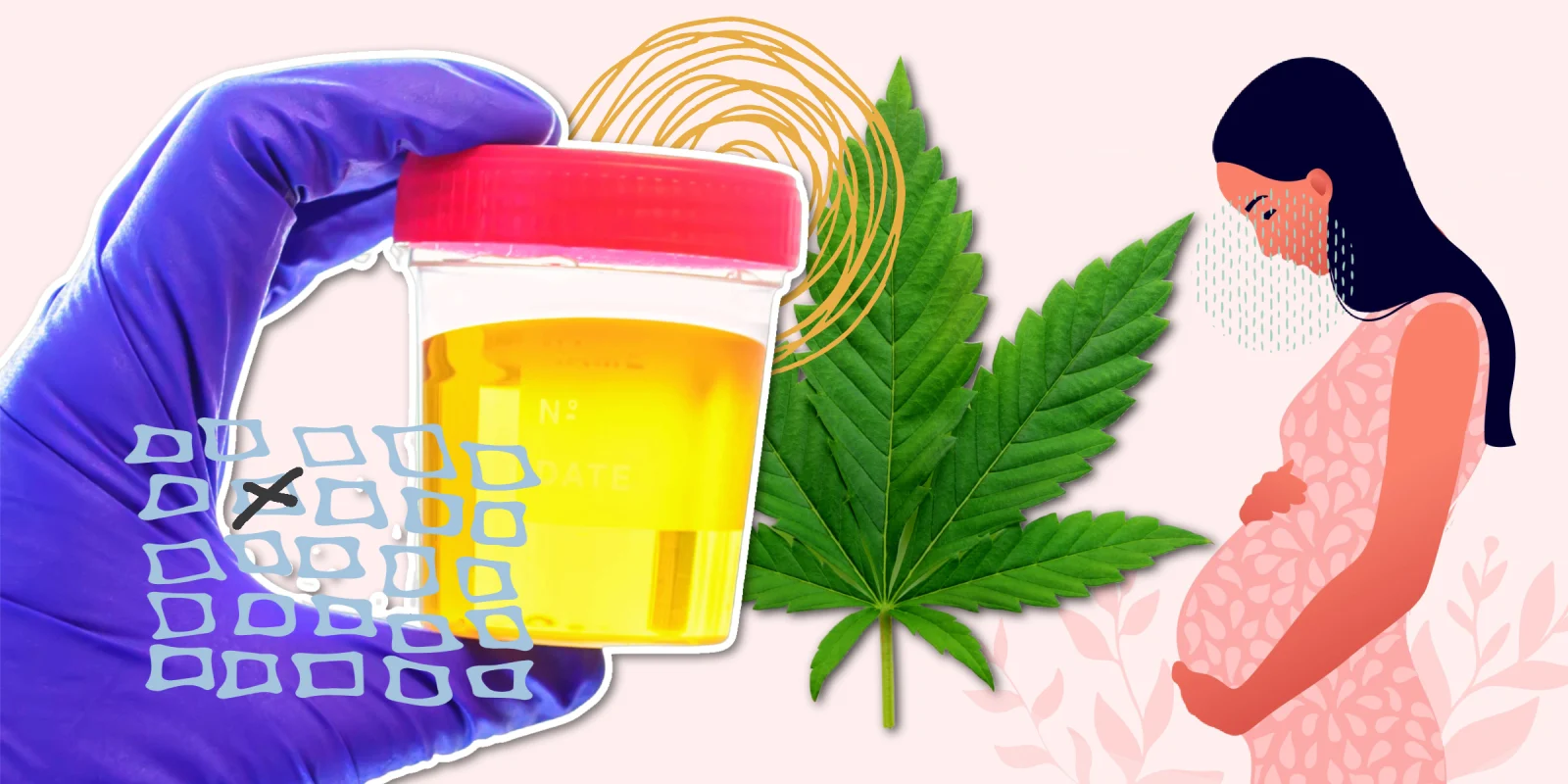The urine drug screen is one of the most commonly ordered tests in medicine: it is fast and non-invasive to obtain; and substance-induced changes in mentation and physiology can mimic or induce other disease processes such as psychosis (LSD, amphetamines), hyponatremia (in the case of MDMA), or a myocardial infarction (cocaine). In an ED setting, it is a particularly useful and cost-effective measure compared to other more invasive tests and imaging.
Unfortunately, the features which make the test appealing in clinical management have led to its widespread use in health care and legal settings well beyond the initial purpose of guiding diagnoses and treatment, including as part of routine prenatal care, medical evaluations of incarcerated youth, child welfare cases, and medical trainee pre-orientation screenings. These non-acute and less clinically indicated uses of urine drug screens are particularly egregious in the context of increasing marijuana legalization. All of this begs the question — do we really need marijuana on urine drug screens?
Marijuana use can be detected 3-5 days after use for infrequent users, 1-15 days for heavy users, and 1-30 days for chronic users and/or those with a higher percentage of body fat. Compared to the nine other substances on the common 10 panel urine drug screen, marijuana has one of the longest windows for detection, with only chronic PCP and benzodiazepine use having similarly extended windows. False positives can also occur with hemp-seed bars, as well as low THC cannabis and CBD supplements.
A 2007 study conducted at Montefiore on urine drug screens found that out of 8,487 people with live births, 3% were tested for drug use, with Black women and their newborns 1.5 times as likely to be tested than non-Black women. Race had no association with a positive result. The study was among the first of its kind to empirically delineate differences in urine drug screens based on race.
There is a lack of consensus about routine urine drug screens in pregnant people, and the American College of Obstetrics and Gynecology cites that the routine screening is controversial. It recommends that urine drug screens should only be done with patient consent and further states that a positive test should not be a deterrent to care, a disqualifier for publicly-funded programs, or the only factor in determining family separation.
Beyond the setting of obstetrics, THC on urine drug screens can prompt prolong probationary periods for incarcerated youth, especially as drug screening has historically been tied to funding. The Juvenile Accountability Incentive Block Grants Act of 1997 states that “No State or unit of local government may receive a grant under this program unless such State or unit of local government has implemented, or will implement … a policy of controlled substance testing for appropriate categories of juveniles within the juvenile justice system …” Similarly, drug testing in the child welfare system has more recently met opposition, but continues to be posited by legislators, including in my home state of Pennsylvania with HB 1737, as recently as 2022. (It was re-referred to appropriations in March of 2022, so the decision is in limbo.) This is despite HHS noting that, “A drug test alone cannot determine the existence or absence of a substance use disorder. In addition, drug tests do not provide sufficient information for substantiating allegations of child abuse or neglect or for making decisions about the disposition of a case (including decisions regarding child removal, family reunification, or termination of parental rights).”
Because the substance most likely to be detected on the urine drug screen is marijuana, a substance that is now legalized in several states, we are left in the precarious position of having a positive test that is often clinically meaningless, but may pose devastating legal and social implications for patients, especially those from the most marginalized groups.
Removing THC from the urine drug screen is just one step to moving toward more judicious use of the urine drug screen. The stigma, bias, and potential referrals to legal services based on a “positive screen” has no diagnostic value and potentially harms the clinician/patient relationship. A more meaningful solution for discussing substance use with patients is to simply ask about their substance use and to offer all patients information regarding marijuana use in general, including both risks and benefits. Furthermore, harm reduction — aimed at reducing negative outcomes and which I’ve advocated for previously — can be an even more effective strategy to honestly assess use and risk. Even discussing with a patient ways of taking substances (edibles versus vaping) may offer patients a more non-judgmental opening for conversation and disclosure.
Ultimately, our tests need to reflect changing attitudes around substance regulation. And our changing attitudes should direct our testing.
What are your thoughts on urine drug screens?
Megana Dwarakanath is a third-year adolescent medicine fellow in Pittsburgh where she lives with her husband, Rahul, their young daughter, Meera, and their dog, Milo. When she is not spending time with friends and family, she likes to run, swim, and bike as well as read for as long as she can in one go. Dr. Dwarakanath was a 2022–2023 Doximity Op-Med Fellow.
Collage by Jennifer Bogartz / Shutterstock






